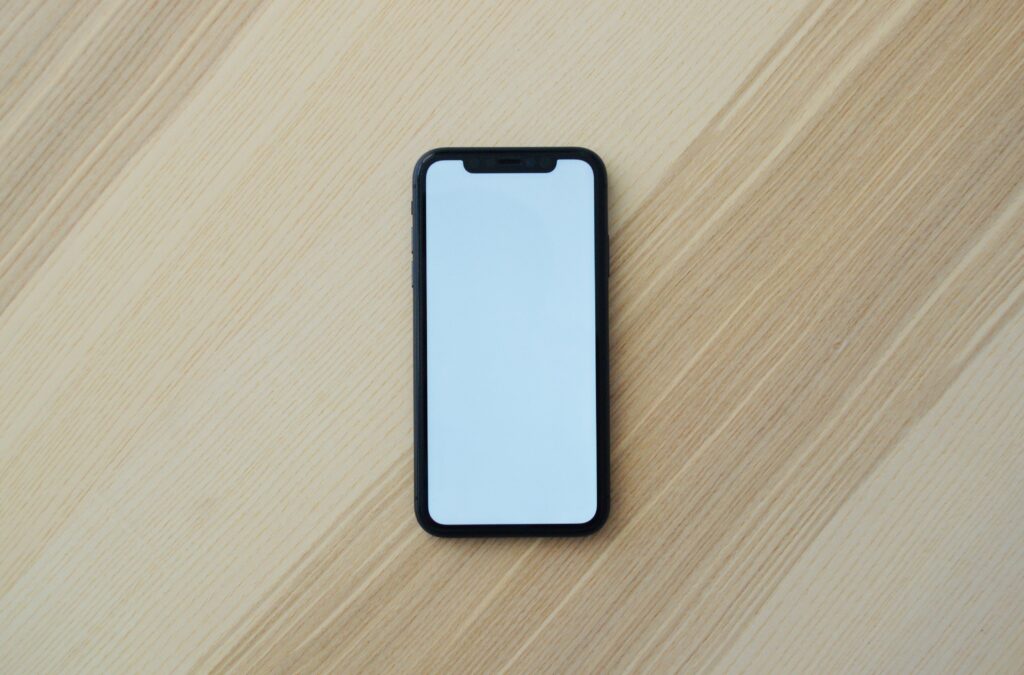Cell phone jails have many pros and cons. It allows teachers to keep track of the cell phone usage in their classrooms. With less technology the students are almost forced to be more engaged in class activity, rather than be distracted by their cellular devices. However, this tactic makes the teacher responsible for thousands of dollars worth of cell phones. If a device gets broken or damaged the burden may fall on the teacher to replace and repair the phone. Some students may also need their cellular devices to stay in contact with friends or family members who are ill or to arrange a way home from school.
In elementary and middle school there was no real need for phones in the classroom. In my earlier years of school we did not use much technology. However, if we had a device, some of our teachers would tell us to leave them in our lockers until lunch. Once I reached high school, students would be called out for being on their phones or told to put them in their backpacks, and sometimes the cellular device would be taken away until the end of class. For my linked 2 practice, I am at an elementary school in a 1/2 split class, therefore I have not seen any cell phones being used in the classroom.
Personally, I like the idea of keeping cell phones in lockers. Students are partly responsible for their own learning, but when phones are buzzing it distracts the teacher as well as the other students that are engaged and trying to learn. Students that require a phone for personal reasons should inform the teacher prior to the start of class. That way there is no misunderstanding when the teacher sees the student using their cellular device. Overall, I believe that student’s leaving their cell phones in their lockers or cubbies during class is a good compromise. It removes the responsibility of the teacher having to keep track of phones, but it also allows the students to access them during lunch or after class.

